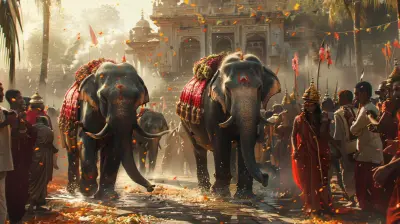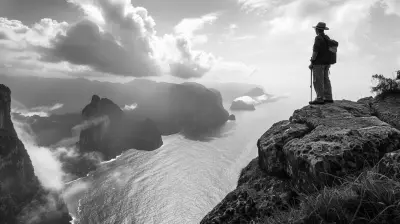Peak Performance: Essential Gear for Mountain Adventures
13 October 2025
There’s something truly magical about the mountains. The crisp air, breathtaking views, and the sense of achievement when you reach the summit—it’s all an experience like no other. But let's be real, mountain adventures aren't just about the scenery. They’re about preparation, endurance, and having the right gear to keep you safe and comfortable.
Whether you're a seasoned mountaineer or a weekend adventurer, the right equipment can make or break your trip. So, what’s the absolute must-have gear for conquering the mountains? Let’s break it down. 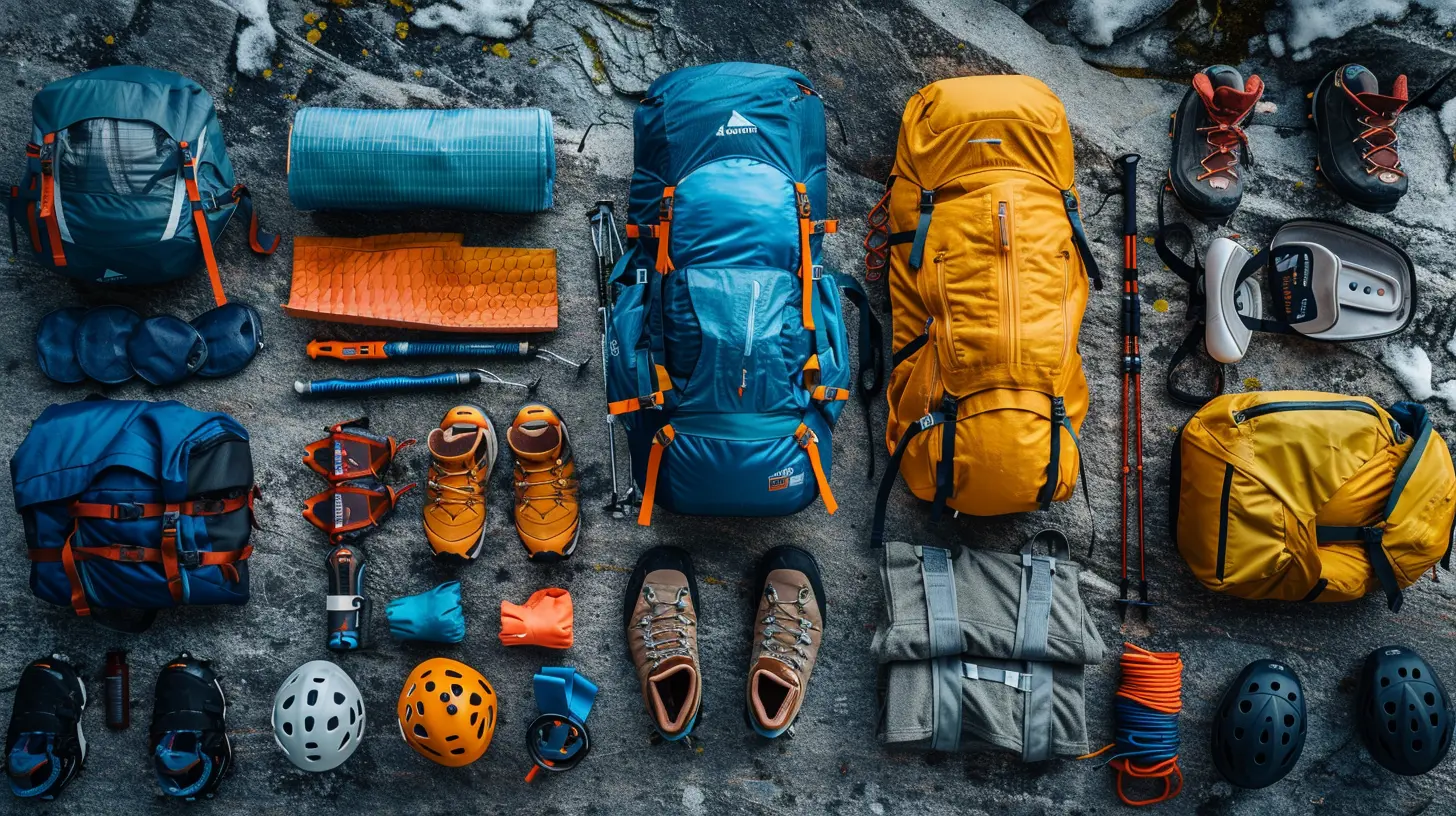
1. Clothing: Dress for the Elements
Mountain weather is unpredictable—you could be basking in the sun one minute and shivering in a freezing gust the next. Layering is your secret weapon.Base Layer: Stay Dry
Your base layer's job is to wick moisture away from your body. Sweat can be a real problem in cold environments, making you lose heat fast. Go for moisture-wicking fabrics like merino wool or synthetic materials. Cotton? Forget it—it absorbs moisture and stays wet.Mid Layer: Trap Heat
Think of your mid-layer as your personal insulation. Fleece jackets, down jackets, or synthetic insulated layers work great for keeping the warmth in. Just make sure it’s breathable so you don’t overheat.Outer Layer: Shield Against the Elements
This is your armor against wind, rain, and snow. A waterproof, windproof, and breathable shell will keep you dry and protected. Look for fabrics like Gore-Tex for the best balance of protection and breathability.Extras: Hats, Gloves, and Socks
Heat escapes fast from your hands, feet, and head, so don’t skimp on these. A warm beanie, waterproof gloves, and wool socks should always be in your pack.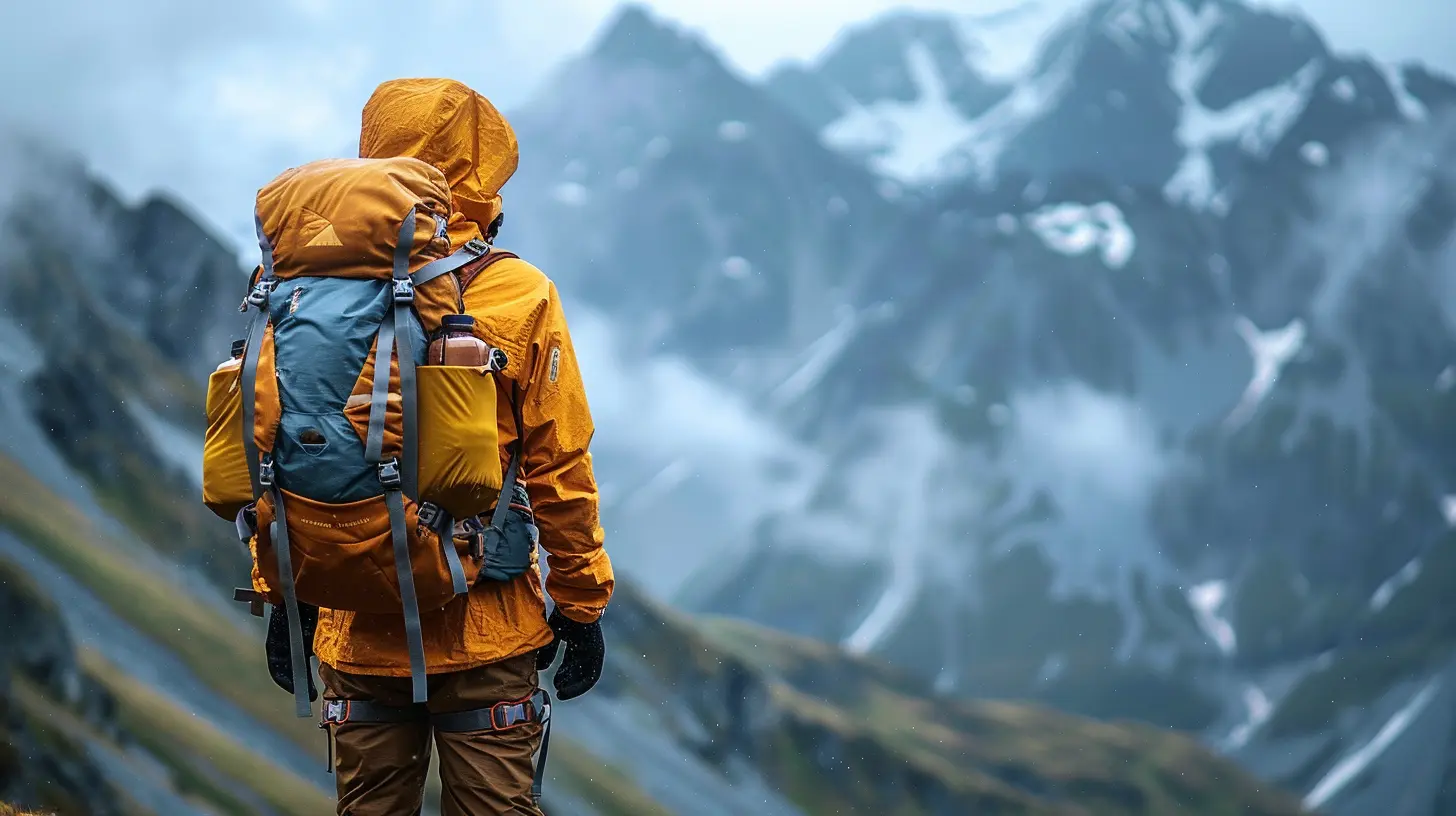
2. Footwear: Keep Your Feet Happy
Blisters, frostbite, or just plain aching feet? No, thank you. Your boots need to fit well, offer ankle support, and be suited for your terrain.Hiking Boots vs. Mountaineering Boots
- Hiking boots are great for casual mountain trails. They’re lightweight, flexible, and comfortable.- Mountaineering boots are heavier and more rigid, designed for serious climbs, glacier crossings, and crampons.
Don't Forget Gaiters
If you’re trekking through snow, mud, or loose scree, gaiters help keep debris and moisture out of your boots.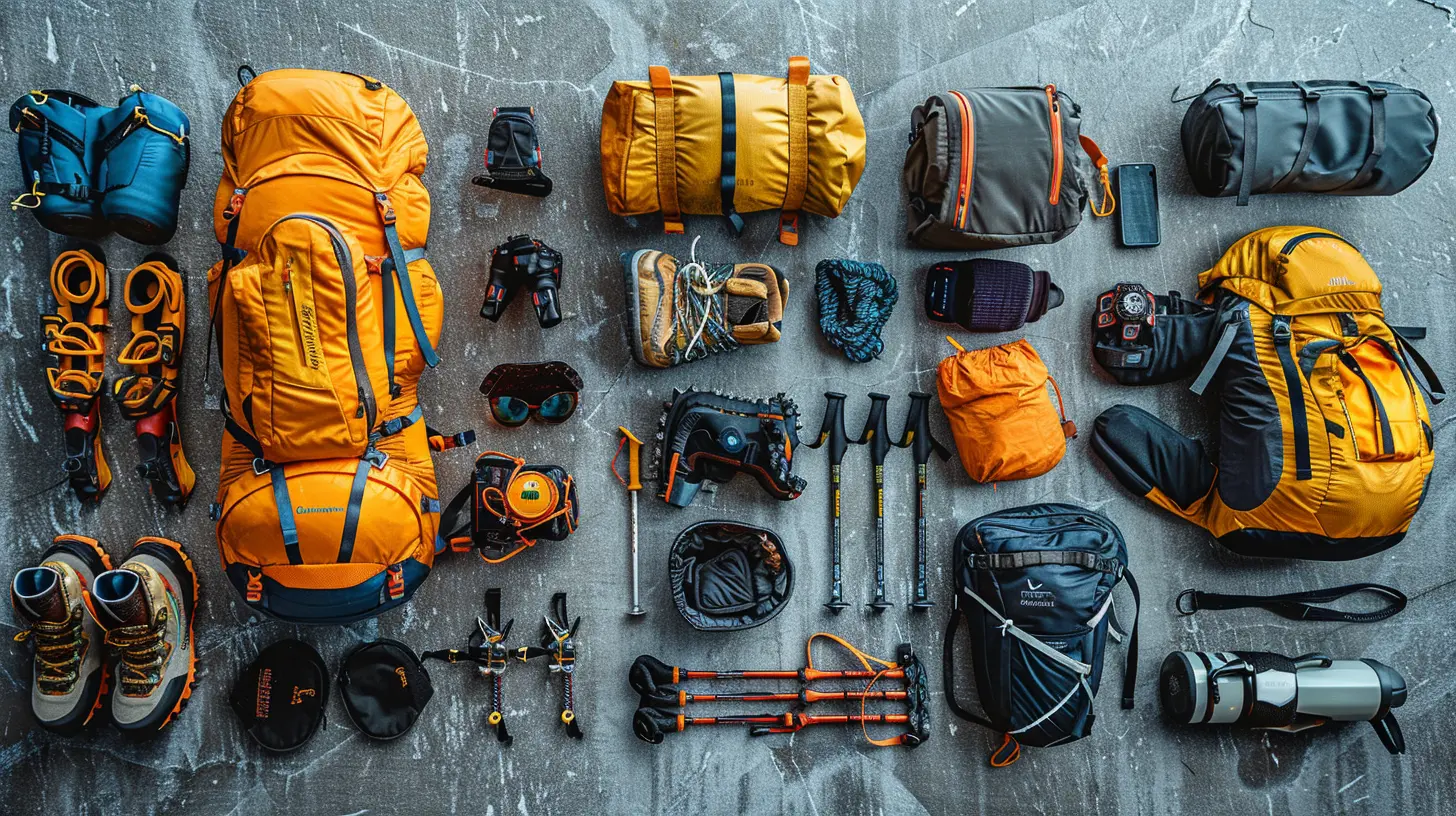
3. Backpack: Carrying it All
Your backpack is your portable home on the mountain. Too big, and you’ll be carrying unnecessary weight. Too small, and you’ll struggle to fit your essentials.What to Look for in a Mountain Backpack
- Capacity: For day hikes, 20-30 liters is enough. For multi-day adventures, you'll need 50+ liters.- Fit: A good pack should sit snugly on your hips and distribute weight evenly.
- Support: Look for padded straps and an adjustable waist belt to reduce strain on your shoulders.
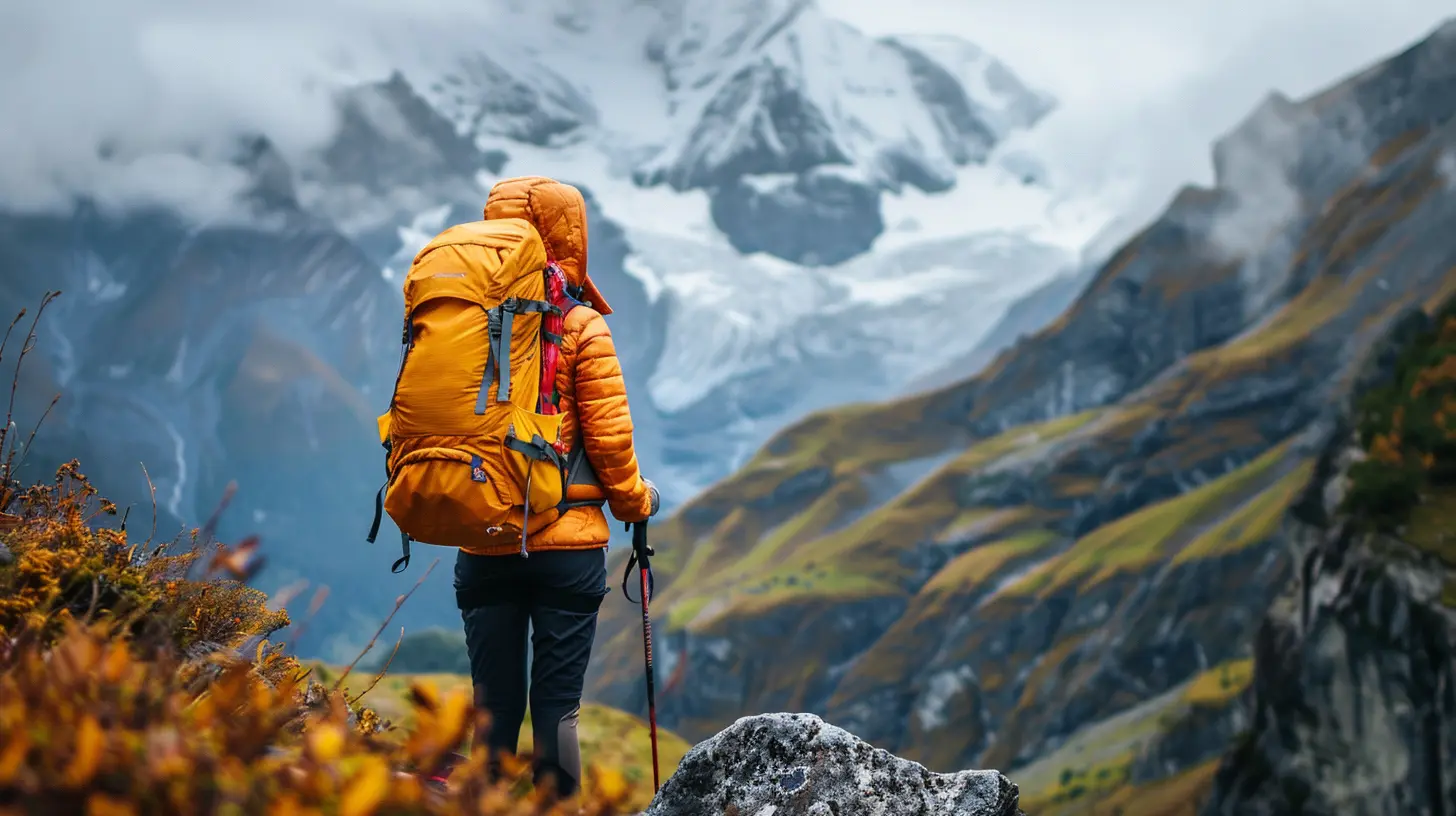
4. Navigation: Don’t Get Lost
Getting lost in the mountains is no joke. Phone GPS is helpful but unreliable—batteries die, and signals disappear. Always have a backup.Essential Navigation Tools
- Map and Compass: Learn how to use these. They don’t run out of battery.- GPS Device: A dedicated GPS unit is more reliable than a phone.
- Altimeter Watch: Helps track elevation changes and estimate progress.
5. Safety Gear: Be Prepared for the Unexpected
The mountains can be unforgiving, and preparation is key. Having the right safety equipment can make all the difference.First Aid Kit
A well-stocked first aid kit should include:- Bandages, antiseptic wipes, and medical tape
- Pain relievers
- Blister treatment
- Emergency blanket
- Any personal medications
Headlamp + Extra Batteries
Darkness sets in quicker than you think. A reliable headlamp keeps your hands free and your path visible.Multi-Tool or Knife
Cuts, repairs, food prep—you never know when you’ll need one.Emergency Shelter
Even if you don’t plan on staying overnight, an emergency bivy or lightweight tent can be a lifesaver in an unexpected situation.6. Hydration: Stay Fueled
Dehydration can sneak up on you, especially at high altitudes. Never assume you’ll find water along the trail.Best Hydration Solutions
- Hydration Bladder: Easy to sip from while on the move.- Water Bottles: Reliable and durable.
- Water Purification: A filter, purifier, or purification tablets can be a lifesaver if you need to source water from nature.
7. Nutrition: Keep Your Energy Up
You burn a ton of calories while hiking and climbing, so proper nutrition is crucial.Best Mountain Snacks
- Energy bars and trail mix for quick fuel.- Nuts and dried fruit for slow-burning energy.
- Dehydrated meals for longer trips—just add boiling water.
8. Trekking Poles: Your Secret Weapon
They might seem unnecessary, but once you use trekking poles, you’ll never go back. They reduce knee strain, improve balance, and help with tricky terrain. Adjustable, lightweight poles with ergonomic grips are the way to go.9. Climbing Gear (If You’re Going Technical)
If your adventure involves rock faces, glaciers, or steep inclines, specialized climbing gear is a must.Must-Have Climbing Gear
- Helmet: Protect your head from falling rocks and accidents.- Harness: Essential for roped climbs.
- Crampons & Ice Axe: If there's ice or snow, these tools are vital.
- Ropes & Carabiners: If you’re climbing with a partner, always have the right rope and locking carabiners.
10. Sun Protection: Mountains Can Burn You Too
You don’t have to be on a beach to get sunburned. Higher altitudes mean stronger UV rays.Sun Protection Must-Haves
- Sunglasses: Preferably polarized with UV protection.- Sunscreen: Minimum SPF 30, applied often.
- Lip Balm with SPF: Cracked, sunburned lips are no fun.
Final Thoughts
The mountains are incredible, but they demand respect. Having the right gear isn’t just about comfort—it’s about safety, endurance, and getting the most out of your adventure. Invest in quality equipment, know how to use it, and always prepare for the unexpected.Now, pack your bags, lace up those boots, and get ready to tackle the peaks with confidence. Happy adventuring!
all images in this post were generated using AI tools
Category:
Mountain AdventuresAuthor:

Winona Newman
Discussion
rate this article
1 comments
Beth Mendoza
Great tips! Nothing beats the thrill of exploring mountains with the right gear in hand!
October 13, 2025 at 2:44 PM

Winona Newman
Thank you! I completely agree—having the right gear truly enhances the adventure! Happy exploring!
